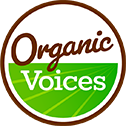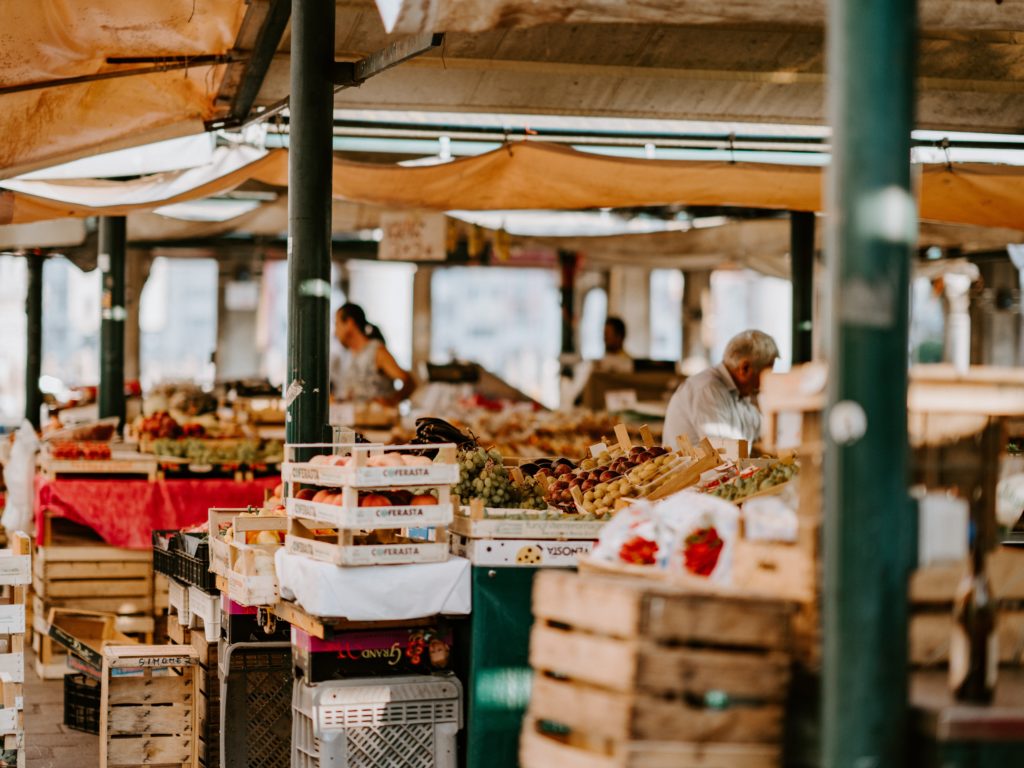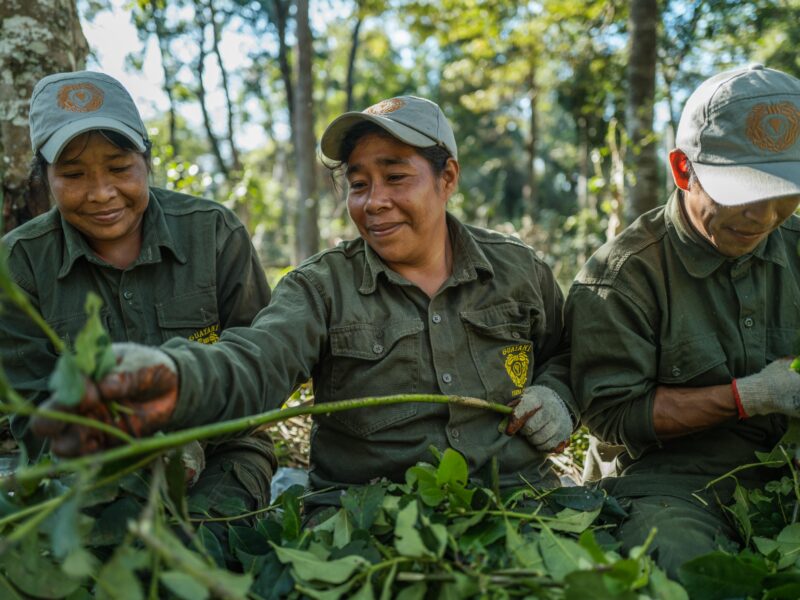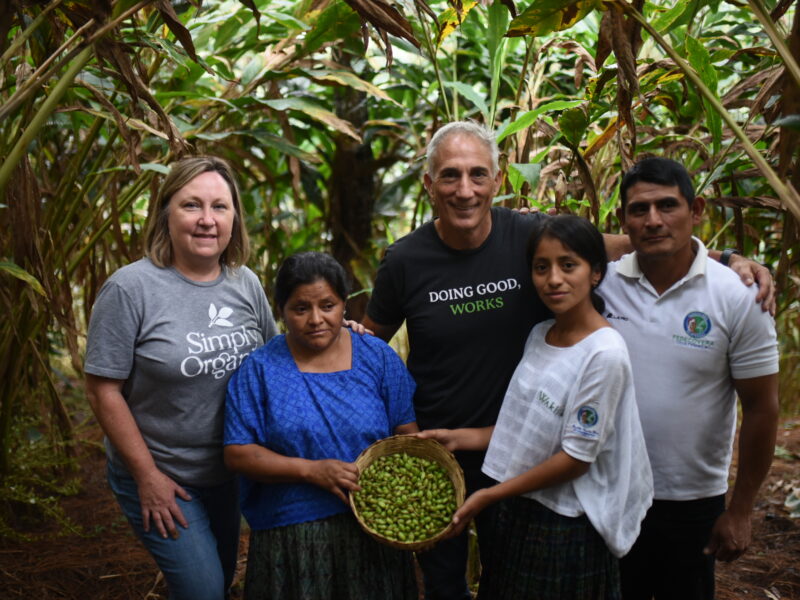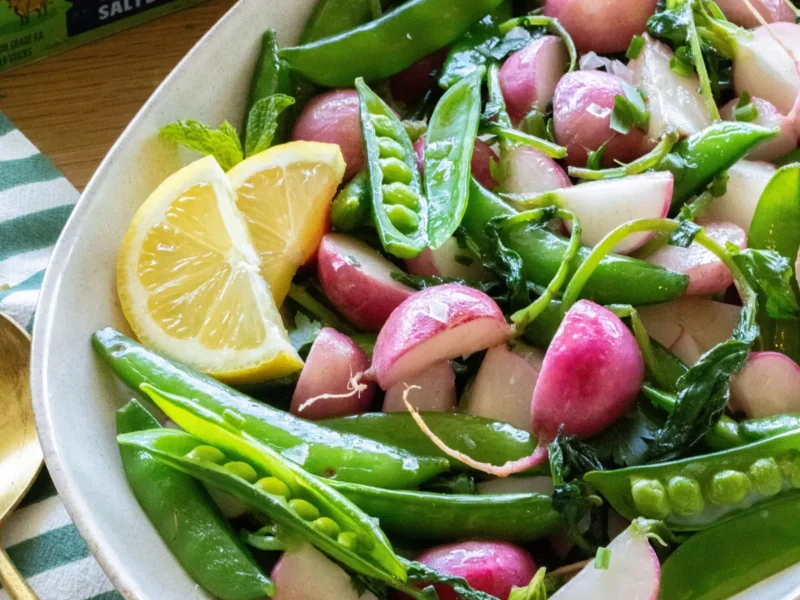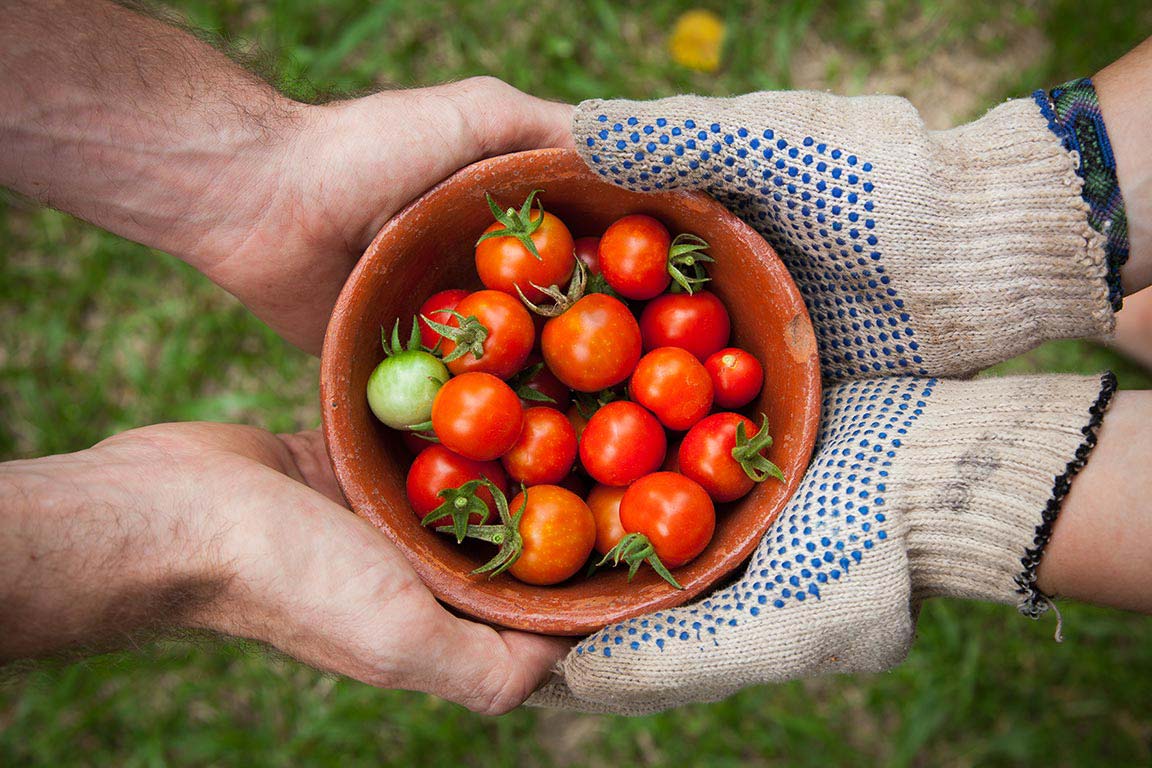There are hundreds of reasons to choose certified organic, including our top 15. Studies show a range of positive health impacts connected to eating organic, and organics don’t contain the chemicals found in conventional foods.
Yet organics are not yet widely accessible and affordable. At Only Organic, we want to change that, so we’ve come up with ways to help you enjoy organic all year long and still stay within a budget.
Why Organic?
Why is it so important in the first place that organics be widely available?
Here’s why: Organics are good for health and the environment, and these benefits should be accessible and affordable to everyone.
Studies link eating organic to a variety of beneficial health effects – especially important during a pandemic. A new study, from Friends of the Earth, showed that switching to an organic diet decreased levels of cancer-causing glyphosate – the main ingredient in Bayer-Monsanto’s pesticide Roundup – by 70 percent in participants’ bodies in just one week.
In the case of eating conventional foods, there are numerous studies linking chemicals used in conventional food production to health-related problems and diseases. For example, one study found that exposure to fungicide, herbicide, and insecticide cocktails can lead to DNA damage and elevated cell death of blood cells. Pesticide exposure has also been associated with depression and the development of Parkinson’s disease.
The main reason to avoid conventional foods is to skip the more than 700 chemicals used to produce those products. Organic production also prohibits the use of antibiotics, thus decreasing the development of antibiotic resistance. This has been supported by several studies, all of which found lower rates of antibiotic-resistant bacteria on organic versus conventional animal products.
Even backyard gardeners have become concerned with studies showing that pollinators such as honeybees, native bees, butterflies, and birds are in decline. Many pesticides, even those used at home and sold by nurseries, are acutely toxic to bees and pollinators and result in death and contribute to colony collapse disorder, or CCD.
Barriers to Organics
A frequent comment about organics is that they’re too hard to get – and to pay for. Let’s look at some of the reasons people may not be able to get organics, and what we can do to address these issues.
Geographical barriers are one obstacle to organic food accessibility. In some communities, fresh organic food simply isn’t readily available, with grocery stores miles away, and the convenience store the easiest source of food.
Fresh foods have a short shelf life, and convenience stores typically carry only what they know will sell quickly – Red Delicious apples, imported bananas, and maybe a piece of citrus. These are very unlikely to be, because distribution routes don’t exist, nor is there a demand for produce in convenience stores.
In so-called food deserts – areas where a convenience store is the only place to buy food – people can’t afford or do not have access to public transportation to travel to stores that carry organic food. Lack of storefronts, distribution, demand, and location are factors that prevent consumers from accessing organic food. According to the USDA, “organic food is sold to consumers through three main venues in the United States – conventional grocery stores, natural food stores, and direct-to-consumer markets.” To expand these markets, we need to raise awareness about the accessibility issue.
Some programs and advocacy campaigns have been established to address food accessibility concerns. For example, the Supplemental Nutrition Assistance Program (SNAP), sponsored by the U.S. Department of Agriculture, is designed to provide low-income households more purchasing power.
Another way accessibility is being addressed is by nonprofit groups like Only Organic. We combat accessibility problems by getting organic food into your community. We also help the organic industry expand by supporting GRO Organic, a voluntary checkoff program that provides vital dollars to the organic industry to help with research, education, and marketing.
Our efforts to expand organic food sales and make it accessible to every household are working. Organic products are now available in nearly 20,000 natural food stores and nearly three out of four conventional grocery stores. The Organic Trade Association reports a rise in organic sales, estimating that more than 80 percent of households in the U.S. reported purchasing organic. In 2019, the U.S. organic sector posted a banner year, totaling a record $55.1 billion, up 5 percent from the previous year. The expansion of consumer demand has led to an increase in land and operations converting to certified organic production. According to the industry publication Feedstuffs, “The outlook suggests that the number of certified organic operations in the U.S. will reach 19,888 during 2020-21, a 4% year-over-year increase.”
There are many solutions to critical issues of access and affordability. Here are five ways to get organic into your home on a limited budget:
- Grow Your Own
To gain access to fresh organic foods, many find themselves growing what they cannot find in their community. From rooftop gardens to windowsills to garden boxes, across the country, gardens are popping up as a means of food security. If you have space for a garden, we highlight how to start one here.
- Use a Delivery Service
We recommend purchasing local, but delivery services help those who don’t have affordable access to local organic food. If you’re unsatisfied with the local offering, price, or availability of organic in your community, a produce delivery service can be a great option. New services pop up daily. Here are a few:
- Join a CSA
Community-supported agriculture, or CSA, is emerging as a convenient and cost-effective way to buy organic products.
Many farmers participate in two different types of CSA programs to ensure they grow exactly what their community wants, which in turn guarantees a sale at harvest time. The more traditional way is to offer a box of in-season produce for CSA members to pick up. A newer model involves a discounted buying card pre-selected with a designated amount of money to spend on produce during the season, at a significant discount. This model allows the consumer to pay for and pick in advance exactly what they want – and invest in that farmer ahead of their growing season.
A single CSA share can provide you with affordable access to a wide range of organic products. Alternatively, you can split a share with a friend to make your investment even more budget-friendly. Either way, it’s a great model and crucial to keeping small farmers across the U.S. in business.
- Community Gardens and Food Banks
- Community Gardens
Community gardens first appeared in the U.S. during the 1890s, and they are becoming more popular across the U.S. again now, during this time of uncertainty. Community members share a plot of land where they grow fresh produce.
Find out whether your community has an organic garden project and join in the growing and harvesting fun using the American Community Garden Association website. If you cannot locate one, start a community garden using this resource.
- Food Banks and Pantries
Like all produce, organic produce has a fairly short shelf life and farmers who cannot find a market for a crop often turn to food banks as a way to serve the needs of their local communities and also keep the harvest from rotting on the vine. This benefits both farmers and consumers that need assistance. In thousands of communities across the U.S., food banks and food pantries serve communities free, fresh, and local food that has been donated by farmers, community gardens, neighbors, grocery stores, and retailers. These food banks and pantries are often connected to soup kitchens that also prepare meals for those without the means to cook a healthy meal.
To locate a food bank, use this directory.
- Buying Clubs and Food Hubs
- Start or Join a Buying Club
Buying clubs may exist in your community. For instance, some consider Costco and local food coops to be buying clubs. We recommend something a little different – a group you start with neighbors to save money by buying products in bulk.
Research by the Portland State University Food Industry Leadership Center for the Bulk is Green Council revealed that Americans could save an average of 89 percent on food costs by buying their organic foods in bulk. In addition, buying groceries in bulk would save hundreds of millions of pounds of waste from going into landfills.
If you’re looking for organic food and don’t have a local bulk buying option available, or neighbors who are interested, consider:
Food Hubs
A food hub is a “business or organization that actively manages the aggregation, distribution, and marketing of course-identified food products primarily from local and regional producers to strengthen their ability to satisfy wholesale, retail, and institutional demand.” Find out more about your local food hub and why it doesn’t distribute organic food in your community.
Additional Resources To Save on Organic
When determining which foods to purchase organic, Only Organic highlights that eating and aligning with the local harvest season can be more affordable than buying food that must be shipped from out of your area. We also share tips on saving money by preserving the organic harvest. If you’re looking for more ways to stay within budget, read our blog about buying organic on a budget.
Knowing how to locate and grow organic will help ensure healthy options for you and the environment, because every dollar spent on organic at the supermarket, farmers market, or directly from an organic farmer is a powerful vote for our food future. Although organic usually seems to be an expensive option at checkout, when you choose it, you’re investing in a healthier food future for us all when you skip the chemicals in conventional food. We hope you use and share this information to help make organic more affordable and accessible.
